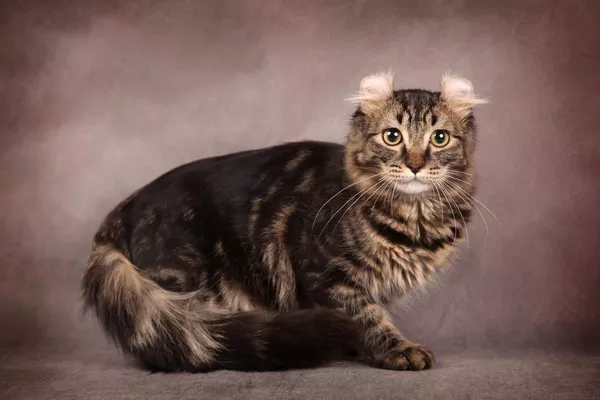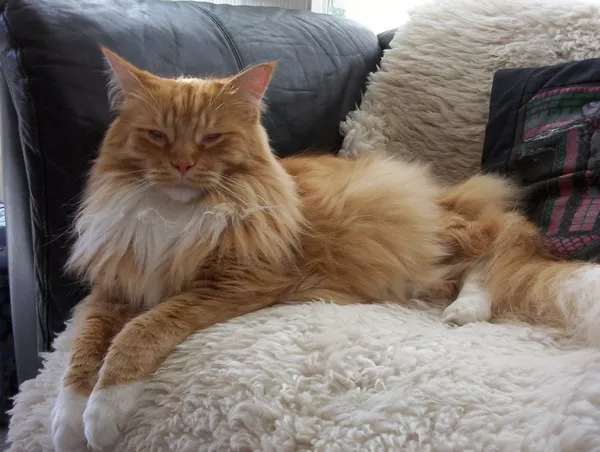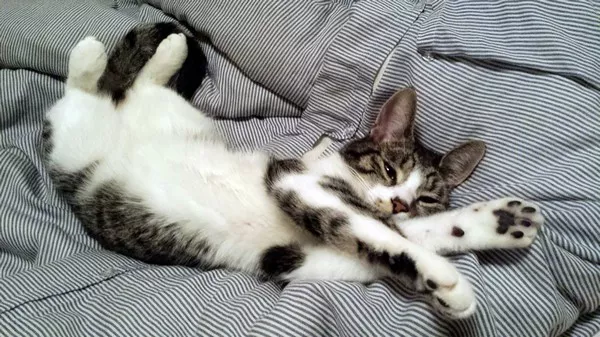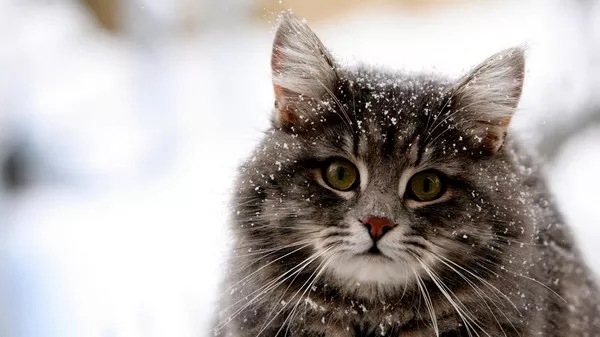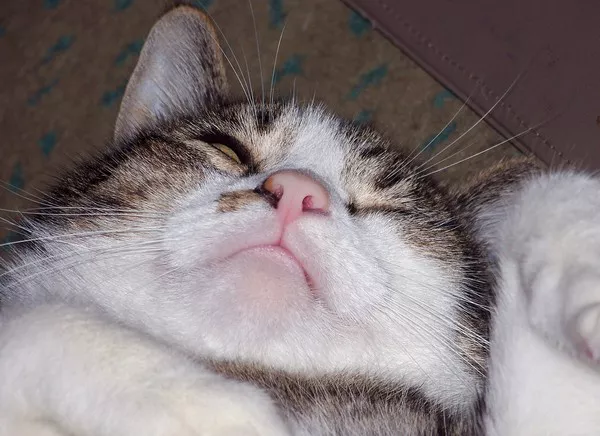Cats have always been fascinating companions, celebrated for their diverse breeds, distinctive features, and unique personalities. Among these breeds, the American Curl stands out due to its striking ear shape and friendly disposition. This article delves into the characteristics, history, genetics, and care requirements of the American Curl, providing an in-depth understanding of what makes this breed special.
History and Origin of the American Curl
Discovery and Early Development
The American Curl’s history dates back to 1981 in Lakewood, California, when a stray kitten with uniquely curled ears appeared on the doorstep of Joe and Grace Ruga. They named the kitten Shulamith, who became the progenitor of the breed. Shulamith’s first litter of kittens also exhibited the same curled ears, sparking interest in this unusual genetic trait.
Establishing the Breed
Recognizing the potential for a new breed, cat enthusiasts began selectively breeding these cats to establish a stable genetic line. The breed’s distinctive ears, combined with its pleasant personality, quickly gained attention. By 1986, the American Curl had been officially recognized by The International Cat Association (TICA), followed by the Cat Fanciers’ Association (CFA) in 1993.
Unique Physical Characteristics
The Iconic Ears
The most defining feature of the American Curl is undoubtedly its ears. Unlike other cat breeds, the American Curl’s ears curl backward in a graceful arc, giving them a distinctive appearance. The degree of curl can vary, typically categorized into three degrees:
First Degree: Slight curl at the tips.
Second Degree: Noticeable curl forming a half-moon shape.
Third Degree: A deep, almost full arc, touching the back of the ear.
This curl results from a genetic mutation that affects the cartilage in the ears, similar to the condition that causes floppy ears in dogs.
Coat and Color
American Curls come in both short-haired and long-haired varieties, with both types having soft, silky fur. They exhibit a wide range of colors and patterns, including solid, tabby, tortoiseshell, and bi-color. Their fur is relatively low-maintenance, with long-haired varieties requiring slightly more grooming to prevent matting.
Size and Build
American Curls are medium-sized cats, with males typically weighing between 7-10 pounds and females weighing 5-8 pounds. They have a well-balanced, muscular build with a rectangular body shape, contributing to their agility and grace.
See Also: What Are American Shorthair Mix Of?
Genetics and Breeding
The Genetic Mutation
The unique ear curl in American Curls is caused by an autosomal dominant gene, meaning that only one copy of the gene is necessary for the trait to be expressed. This genetic trait can be passed down to offspring even if only one parent possesses the gene.
Breeding Considerations
Breeders must be careful to maintain genetic diversity and avoid inbreeding, which can lead to health issues. Responsible breeding practices include genetic testing and breeding programs that incorporate outcrossing to unrelated cats to enhance the gene pool.
Health Implications
While the curled ears are a hallmark of the breed, they do not generally affect the cat’s hearing or overall health. However, due to the structure of their ears, American Curls are more susceptible to ear infections and require regular cleaning and care to prevent issues.
Personality and Temperament
Friendly and Affectionate
One of the most endearing qualities of the American Curl is its friendly and affectionate nature. These cats are known to form strong bonds with their human companions and are often described as “people-oriented.” They enjoy being involved in family activities and are usually good with children and other pets.
Playful and Intelligent
American Curls are playful and intelligent, making them highly engaging pets. They enjoy interactive toys and games that challenge their minds and bodies. Their curious nature means they love exploring their environment, and they can often be found perched in high places, observing their surroundings.
Adaptable and Social
These cats are highly adaptable and can adjust well to various living environments, whether it’s a bustling household or a quieter setting. Their social nature means they generally do well with visitors and can tolerate changes in routine better than some other cat breeds.
Care and Maintenance
Grooming Needs
The grooming needs of an American Curl depend on whether they have short or long hair. Short-haired Curls require minimal grooming, with a weekly brushing to remove loose hair and keep their coat healthy. Long-haired Curls need more frequent brushing, ideally a few times a week, to prevent tangles and mats.
Ear Care
Due to their unique ear structure, American Curls require regular ear cleaning. Owners should check their cat’s ears weekly for signs of wax buildup, dirt, or infection. Using a vet-recommended ear cleaner and soft cotton balls can help keep their ears clean and healthy.
Diet and Nutrition
American Curls thrive on a balanced diet that includes high-quality cat food, whether commercial or home-prepared. It’s important to provide a diet rich in protein, with appropriate amounts of fat and carbohydrates. Fresh water should always be available. Regular vet check-ups will help ensure they maintain a healthy weight and overall well-being.
Health Monitoring
While generally healthy, American Curls can be prone to certain genetic conditions. Regular veterinary visits, including dental check-ups, vaccinations, and screenings for common feline diseases, are essential to keep them in good health. Owners should be vigilant for signs of health issues, such as changes in behavior, appetite, or litter box habits.
Training and Socialization
Basic Training
American Curls are intelligent and can be trained to follow basic commands, use a scratching post, and even perform tricks. Positive reinforcement methods, such as treats and praise, are effective in training these cats.
Socialization
Early socialization is crucial for American Curls to develop into well-adjusted adults. Exposing them to various people, environments, and other pets from a young age helps them become more adaptable and reduces the likelihood of behavioral issues.
Conclusion
The American Curl is a captivating breed with its unique physical traits, particularly the signature curled ears, and its friendly, adaptable nature. Understanding what makes this breed special involves appreciating its history, genetic makeup, and the care requirements necessary to keep these cats healthy and happy. Whether you’re considering adopting an American Curl or are simply fascinated by this unique breed, knowing what sets them apart will deepen your appreciation for these remarkable felines.

